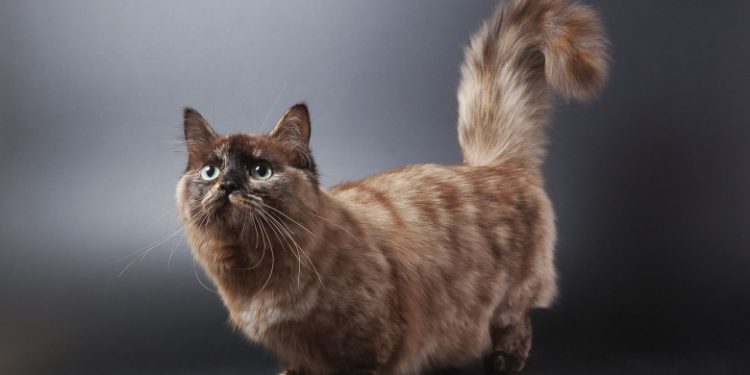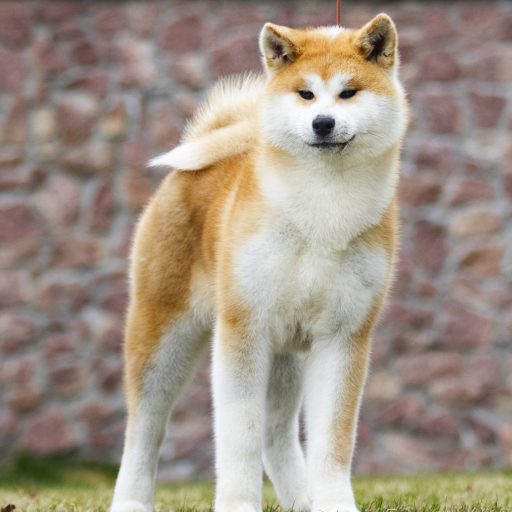Often compared to the Dachshund or the Basset due to its short legs, the Munchkin is a rather recent cat breed. However, it is struggling to become popular, its numbers being reduced and certain feline institutions still being resistant to its recognition. Despite everything, everyone who has or has had a Munchkin agrees that he is a quality companion, as pleasant to raise as he is to observe on a daily basis. Active despite his particular physique, playful and curious, he also asserts his tender and friendly temperament with all the members of his family, including other animals.
Breed History
Officially, the Munchkin originated in the United States, but based on research by Sandra Hochenedel, the woman who adopted the stray cat from which the breed was developed, there are descriptions of similar cats dating back years. 1940 in Germany.
Music teacher, Sandra Hochenedel discovered, in 1983, a pregnant cat with short legs, hidden under a truck in Rayville, Louisiana. She picked it up and gave it the name Blackberry. Half of the kittens she gave birth to had the same physical peculiarity as her. His mistress sent them to Dr. Solfeig Pfleuger, a geneticist in Springfield, Massachusetts, who examined them in particular by X-rays. These did not reveal any joint or bone deformity. In fact, the leggy body of these cats was due to a spontaneous genetic mutation.
After extensive research, Sandra Hochenedel was able to find the writings of a German veterinarian who, in 1944, described a rather similar feline and which he called “kangaroo cat”. She therefore believed that the Munchkin had been around at least since that time, but that the breed was on the verge of extinction at the end of World War II.
The Munchkin was first displayed in Madison Square Garden in New York in 1991. A few years later, a New York Times article dedicated to the breed showed how opinions were still very divided about it. The paper referred to the 1995 International Cat Show. Event organizer Vicky Markstein said she “loved” this newcomer to the feline world, while International Cat Show Association judge Katherine Crawford said she was “horrified of this “alteration of the basic structure of the cat”.
In France, it was in 1993 that the Munchkin arrived through Bobby, a black and white male imported from the United States by Aline and Philippe Noël. The numbers of the breed are still relatively small today, both in France and elsewhere in the world.
The breed is recognized by the International Cat Association and the LOOF (Official Book of Feline Origins), but not by the International Feline Federation for example, which is one of the institutions considering that the particularity of the Munchkin (short legs) is a tare.
Physical peculiarities
Its body: rectangular in shape, medium to large in size. Muscles and bones are well developed. The short legs are the main feature. They are robust and straight, the feet are round in shape and larger in males. The neck is medium sized and well muscled.
His hair: short or mid-long. In the short-haired variety, the coat is of medium density and the undercoat moderate. In those with semi-long hair, the hair is denser at the level of the panties.
Its color: all colors and combinations are accepted.
Its head: triangular in shape with rounded contours, larger in the male. The nose is straight, the muzzle well drawn.
Its eyes: medium to large, walnut-shaped, set at an angle. All colors are allowed as long as they are very bright and intense.
Its ears: of medium size, wide at their attachment, well apart and slightly rounded at their end.
Its tail: thick at its attachment, becoming more refined, moderately long, with a rounded end. Plume is sought after in the long-haired variety. The carriage is high and straight when the cat walks.
Feed
The Munchkin’s dietary needs are similar to those of other cats. It is simply necessary to take care to avoid any excess of energy intake in order to protect it from the risk of being overweight, which would become all the more problematic for this short-legged cat. Thus, an industrial food based on high quality croquettes or pâtés amply satisfies him. The cat must also have free access to fresh, clean and regularly renewed water.












